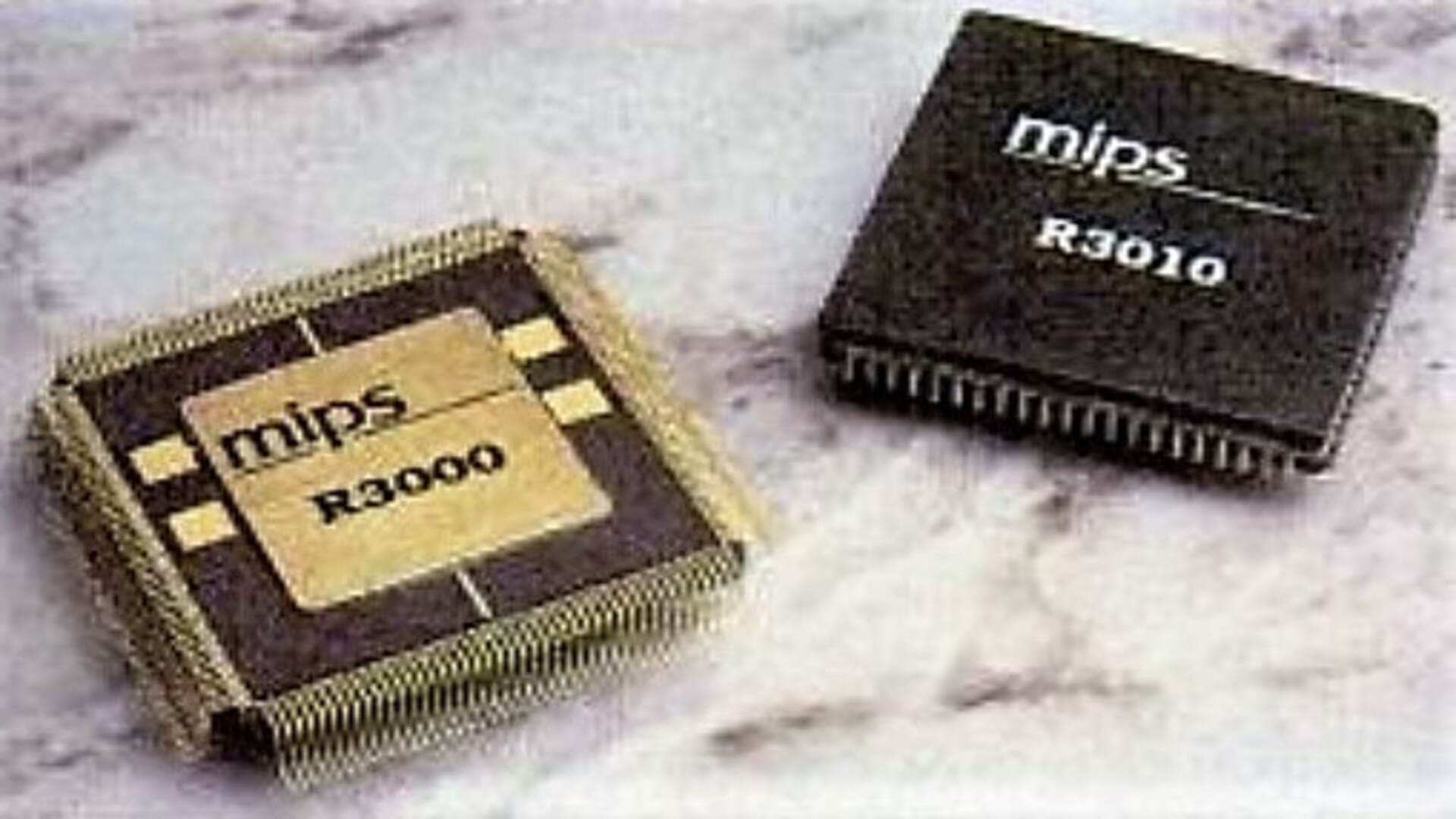- MIPS once rivaled Intel and Arm, but now it's trying to matter again in AI chips
- From NASA probes to gaming consoles, MIPS quietly shaped modern computing before fading out
- Thirty years after leading RISC, MIPS is still hunting for a stable business model
MIPS, once a central player in the early RISC revolution and a long-time rival to Arm, has once again changed hands.
This time, in a somewhat ironic twist, the company has been acquired by GlobalFoundries, the chip manufacturer spun off from AMD.
The acquisition signals yet another chapter in the complex and turbulent history of MIPS, a firm whose legacy stretches from early workstation CPUs to powering the original Sony PlayStation.
A legacy before modern benchmarks
Decades before anyone asked what the best laptop for video editing or the best GPU might be, MIPS was already changing the rules.
The company’s journey began in 1986 when the MIPS R2000 became the first commercial CPU to implement the MIPS instruction set and one of the earliest examples of RISC-based architecture sold under a licensing model.
John Hennessy, a professor at Stanford University and co-creator of the architecture, led the initiative to offer an alternative to the dominant CISC designs of Intel and Motorola.
The R2000 was compact for its time, containing around 110,000 transistors, and delivered clock speeds up to 15MHz.
Although it never achieved the market penetration of Intel, MIPS carved out notable successes.
The R3000, introduced two years after the R2000, powered everything from Silicon Graphics workstations to the first-generation Sony PlayStation.
It even guided NASA’s New Horizons probe through its Pluto flyby and onward to the Kuiper Belt.
Despite its obscurity in mainstream conversations today, MIPS quietly persisted in key embedded applications.
“MIPS brings a strong heritage of delivering efficient, scalable compute IP tailored for performance-critical applications,” said GlobalFoundries' COO Niels Anderskouv.
Ownership of MIPS has shifted frequently, revealing a company in search of stable footing.
After being acquired by Silicon Graphics in the 1990s, it passed through the hands of Imagination Technologies, Tallwood Ventures, and Wave Computing.
It reemerged post-bankruptcy in 2020 with a pivot toward the open RISC-V architecture, a move many saw as an attempt to regain relevance in an era increasingly dominated by open standards.
However, MIPS's eVocore series struggled to impress, leading the company to launch its Atlas range of cores and the Atlas Explorer platform aimed at performance optimization.
With GlobalFoundries acquiring the firm, the narrative shifts again.
MIPS will now operate as a standalone unit focused on AI, autonomous mobility, and the industrial edge.
Sameer Wasson, MIPS CEO, claims, “Becoming part of GlobalFoundries marks the start of a bold new chapter for MIPS.”
Still, skepticism remains, particularly given the uncertain trajectory of the broader RISC-V ecosystem.
Via eenewseurope
You might also like
- These are the best mobile workstations you can buy right now
- We've also listed the best mini PCs for every budget
- Yet another mini PC vendor launches an eGPU — AOOStar's Radeon RX 7600XT
.png)












 English (US) ·
English (US) ·